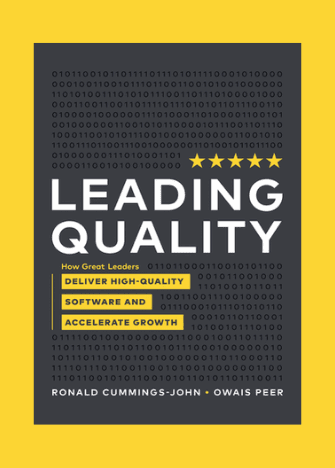In the current digital environment, mobile applications are essential for meeting the diverse needs of consumers all over the world. The landscape of software testing is made even more complex by the ongoing release of new, specialized mobile operating systems. Ensuring smooth interoperability and user experience across an ever-expanding range of platforms is crucial.
The Android and iOS duo no longer dominates the world of mobile apps. Other operating systems like KaiOS, Tizen, and HarmonyOS do exist, even though they have far fewer market shares. It is difficult to ensure consistent app performance across operating systems due to differences in hardware capabilities, programming languages, user interfaces, and subversions.
Cross-Platform Testing
To guarantee an app’s consistency, functionality, usability, and performance across several operating systems, cross-platform mobile app testing becomes essential. The limitations are worse when working with new platforms because of the unproven tech stack, untested user behavior, and a lack of thorough testing tools and procedures.
Operating Systems Emulation
Cross-platform testing for developing OS entails emulating several operating systems, screen resolutions, input methods, network situations, and more, which sits in contrast to traditional testing techniques. This greatly broadens the testing scope, which raises the bar for test effort and complexity.
Performance Testing
Another important component is performance testing. An application’s seamless operation on well-known operating systems does not ensure the same degree of performance on up-and-coming platforms. A thorough evaluation of all relevant factors is necessary, including CPU, memory, battery, network, load time, and app responsiveness.
Usability Testing
To assess an application’s user-friendliness across platforms, usability testing procedures need to incorporate design elements like voice recognition, location-based services, and gestural interfaces. Again, user behavior is typically less predictable on these new platforms than it is on more established ones like iOS and Android.
Agile Testing
Given these difficulties, using a flexible and agile testing approach can significantly reduce the likelihood of problems. Using behavior-driven testing, automating repetitive testing scenarios, integrating real-user monitoring, and utilizing specialized cross-platform testing tools like Appium and Experitest can yield valuable insights into the app’s cross-platform performance.
Conclusion
In conclusion, one fascinating and crucial aspect of the current software testing paradigm is cross-platform testing for developing operating systems. Despite being complicated, it opens the door for app democratization, which makes it possible for people to easily access and use digital applications anywhere in the world, regardless of the platform or device they use. Our approaches and procedures should adapt to new operating systems in order to test effectively and efficiently and make sure that all users can profit from digital innovation.
Happy testing!
About the tester
Thamsil has been part of Tester Work for more than 3 years and shares his software tester expertise in this article.
This article is the sole responsibility of the author. By submitting their work to our blog, authors affirm that the content is original and does not violate any copyrights or intellectual property rights of third parties.







